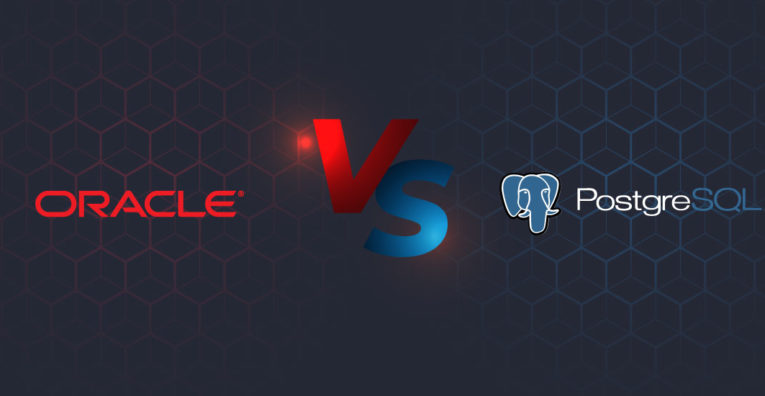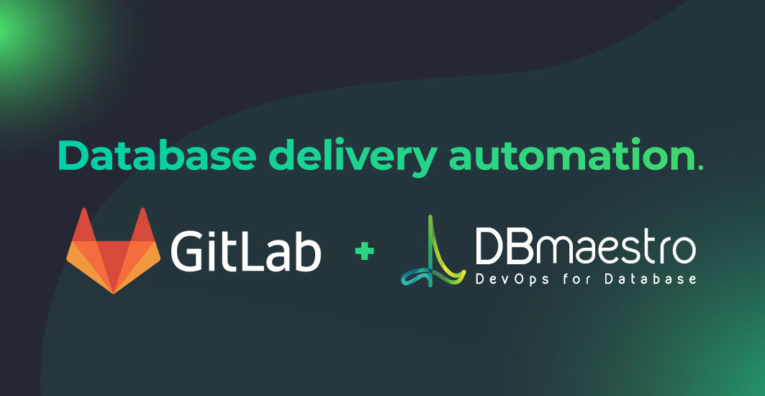Glossary > Database Security
What is Database Security?
Database security is the process of protecting databases from unauthorized or malicious access. It is important for businesses to ensure that their databases are secure from external threats, such as hackers, and internal threats, such as employees with access to sensitive data. Database security involves a range of measures, such as encryption, access control, and auditing, in order to protect the data stored in the database.
The need for database security is increasing as more and more organizations are relying on their databases to store sensitive data. This data can range from customer information to financial records, and organizations must take the necessary steps to ensure that this data is safe and secure.
What are the challenges of database security?
One of the biggest challenges of database security is the ever-changing nature of threats. Hackers are constantly finding new ways to gain access to protected databases, and it is up to organizations to stay one step ahead of them. This means that organizations must be vigilant about updating their security measures and staying on top of the latest security threats.
Another challenge of database security is the complexity of the system. Databases are complex systems, and it can be difficult to keep track of who has access to the data and how it is being used. Organizations must be aware of the risks associated with their databases and take the necessary steps to protect them.
Common threats and challenges of your database
- Insider Threats: This is when someone with access to the database, whether it is an employee or a contractor, maliciously or accidentally makes changes to the data, structure or code in the database. This can be from misuse of privileges, unauthorized access, or malicious intent. Examples of insider threats include data theft, misuse of data, and intentional corruption of data as well as creation of backdoor access, unintentional vulnerabilities, or deviations from best practices designed to protect database security.
- Human Error: This is when an employee or contractor makes a mistake while making changes or updates to the database. This could lead to data being lost, corrupted, or incorrect. Examples of human errors include incorrect data entry, accidentally deleting data, incorrectly entering data, introduction of vulnerabilities and risk of unmonitored changes to the database.
- SQL/NoSQL Injection Attacks: This is when malicious attackers exploit vulnerabilities in the database to gain access to data. This can be done through SQL or NoSQL injections, which are malicious scripts that are sent to the database to gain access to information.
- Buffer Overflow Attacks: This is when an attacker sends more data than the database can handle, causing the system to crash. This can be used to gain access to sensitive data, delete data, or corrupt data.
- Malware: This is when malicious software is used to gain access to or damage a database. Malware can be used to steal data, delete data, corrupt data, creation of backdoor access, intentional vulnerabilities designed to remove protection from the database.
- Attacks on Backups: This is when an attacker targets a database’s backups in order to gain access to data or corrupt data. This can be done by targeting the storage medium (such as a hard drive) or by exploiting vulnerabilities in the backup software.
- DoS/DDoS Attacks: This is when an attacker floods a database with a large number of requests in order to overload it and make it unavailable. This can be used to disrupt services, steal data, or delete data.
Database Security Best Practices
Here is a list of best practices that can help organizations identify and address potential security risks associated with their databases.
- Implement Role-Based Access Control (RBAC): a type of access control system that assigns access privileges based on roles. This means that users are only granted access to the information and resources they need to do their job. This helps limit access to sensitive data and helps ensure that users only have access to the information and resources they need.
- Use Database Activity Monitoring (DAM): a type of security tool that helps to detect and alert security administrators to suspicious activities, such as data breaches, unauthorized access, and malicious SQL injection attacks. DAM helps to detect anomalous activities that could indicate a security breach.
- Implement Security Policies and Procedures: help to ensure that databases are managed securely and that any unauthorized access is detected and addressed quickly. Security policies and procedures should be regularly reviewed and updated.
- Encrypt Sensitive Data: helps to protect it from unauthorized access and can help prevent data breaches. Data should be encrypted both in transit and at rest, and encryption keys should be securely stored.
- Regularly Back Up Data: Data should be regularly backed up to ensure that it can be recovered in the event of a disaster. Backups should be stored off-site and should be tested periodically to ensure their integrity.
- Monitor Database Access and Logs: Database access and logs should be monitored regularly to ensure that only authorized users are accessing the database. Any suspicious activity should be investigated as soon as possible.
- Use Strong Authentication: Strong authentication, such as multi-factor authentication, can help to ensure that only authorized users can access the database. Strong authentication should be implemented for all users, including privileged users.
- Limit Database Access: Database access should be limited to only those users and applications that need it. Unused accounts should be disabled, and access rights should be regularly reviewed and updated.
- Code review: All database schema and code manipulation and updates should be reviewed to make sure they do not introduce weak points, back door access, or deviate from secure coding best practices.




